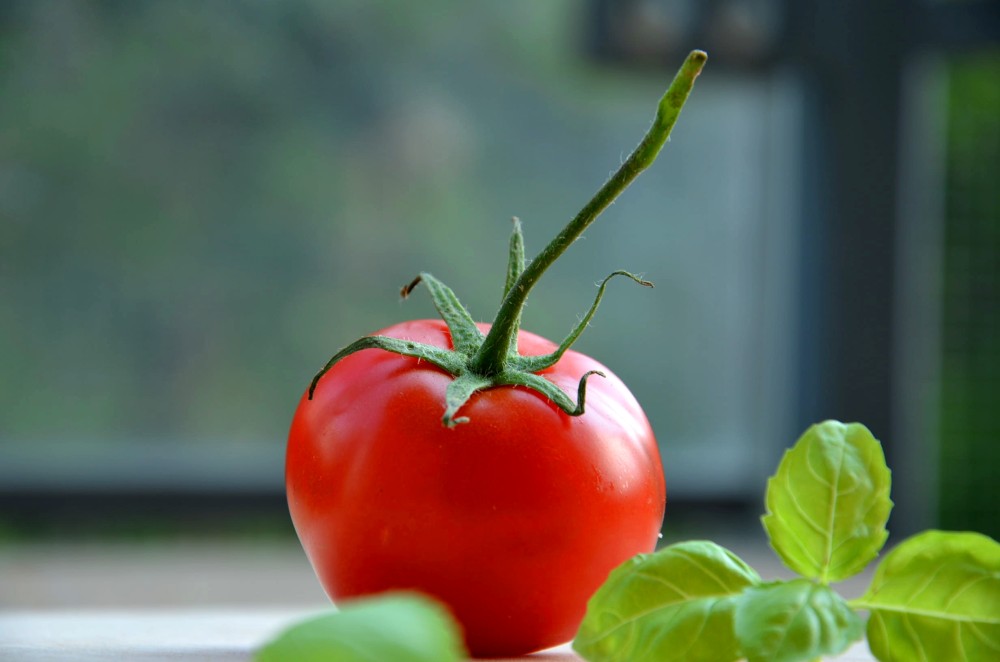15 Ways to Increase Cannabis Yields Indoors-Part I
A lot of indoor cannabis growers struggle with yields. It’s fantastic to grow your own weed, but you must grow enough of it! Otherwise, growing may feel like a waste of time and effort.
Luckily, cannabis yields don’t have to be a mystery. There are specific factors that cause yields to be big or small, and nearly all of them are under your control. The following article contains a comprehensive list of what you can do (both before and after buds start forming) to increase yields.
There are a few ways to think about increasing cannabis yields indoors. Some growers want to maximize the yields for their grow space, and don’t care what it takes to increase yields overall. Other growers are looking at returns from more of an economic perspective, wanting to get the best yields for the electricity/cost, but maybe aren’t as concerned with how much space it takes. Lastly, there are many growers just looking to grow huge impressive buds and don’t care about maximizing anything else. This article is going to talk about all three. No matter what you’re looking for, we’ve got you covered.
Without further delay, it’s time to learn how to increase your yields!
Before Buds Start Forming
These are the actions you can take to prepare for a fruitful flowering stage.
1.) Choose High-Yielding Genetics
A lot of growers focus purely on their setup, nutrients, growing technique, and other aspects of their environment, yet don’t pay much attention to strain.
Your genetics actually have a tremendous effect on yields. If you grow two plants in the exact same conditions, chances are one will produce more bud than the other. Sometimes the yield differences between strains are enormous.
2.) Grow Correct Number of Plants
The number of plants can affect your total yield in two ways:
- More Plants – Growing a lot of small plants lets you fill a grow space faster, resulting in more harvests in a year if everything else is the same. If you increase the number of harvests, you’ll produce more buds in the same amount of time. This idea is the basis of the Sea of Green method.
- Fewer Plants – You can achieve the same yields with fewer plants by letting them get big enough to fill a space, but it takes longer in the vegetative stage for plants to get to the final size. Depending on how much extra time, this can push back harvest time and reduce the total number of harvests you can produce in your grow space. If you must limit the number of plants (many growers have legal plant limits), you can maximize yields with training techniques such as manifolding.
3.) Use The Right Pots
Choose the right container type and size for your setup.
- Air ports and fabric pots allow air to get to roots from the sides, resulting in significantly faster growth rates. The one downside is these pots need to be watered about twice as often because they dry out more quickly.
- Pots that are too big for your plant tends to slow growth, especially young plants that get overwatered. Learn how to water a small plant in a big pot so it grows as fast as possible.
- Too-small pots restrict plant roots and keep plants from growing as big as they could. Plants in big pots can get huge!
- If possible, it helps to start plants in a smaller container and transplant to bigger ones after they’ve started growing vigorously.
What’s the optimal size for your final plant container?
A general guide is to have around 2 gallons per 12″ of the final desired height. Big plants often need a bit more. The following chart isn’t perfect since plants often grow differently, and some plants are short and wide instead of tall, but this is a good rule of thumb. If your final (desired) plant size is…
- 12″ ~ 2-3 gallon container
- 24″ ~ 3-6 gallon container
- 36″ ~ 5-8 gallon container
- 48″ ~ 7-10 gallon container
- 60″ ~ 8-15+ gallon container
Go bigger if you plan to spend time away from your plants! Bigger root space gives you more of a buffer if plants need to be unattended for days at a time.
To be continued…















